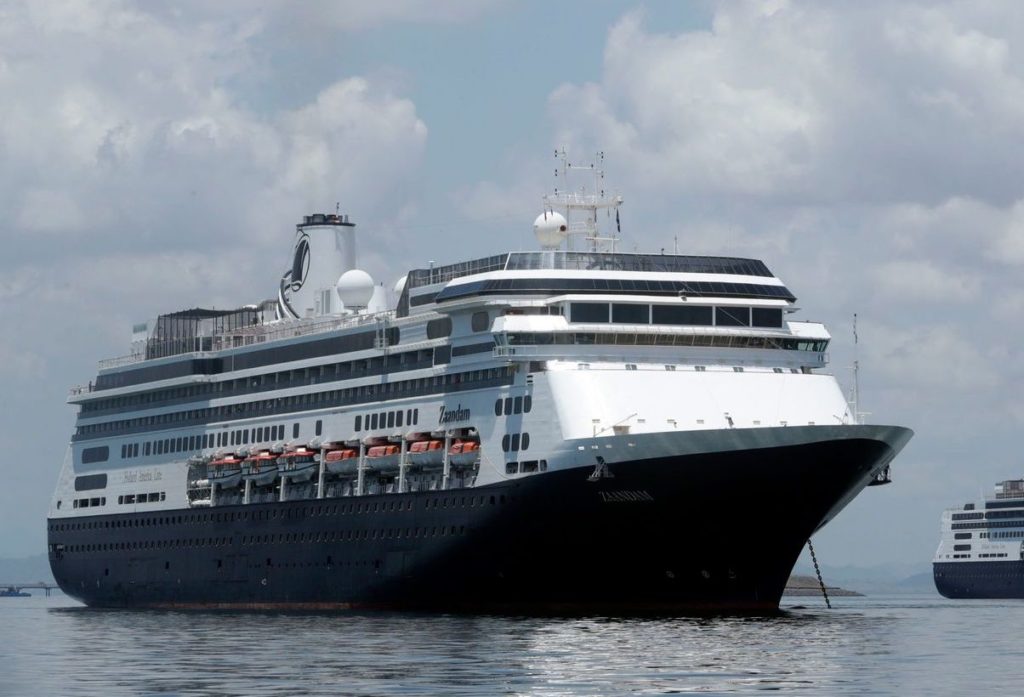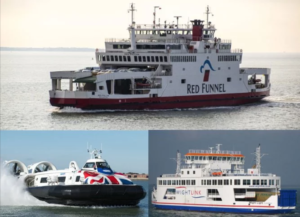Cruise ships denied entry to ports

Ports around the globe are turning cruise ships away en masse amid the coronavirus pandemic, leaving thousands of passengers stranded even as some make desperate pleas for help while sickness spreads aboard, according to The Guardian.
Four passengers have died aboard one such vessel, the Holland America cruise ship Zaandam, which has been stranded for days after Chile refused to allow the ship to dock in its original destination of San Antonio on 21 March.
The Zaandam is one of at least 10 ships around the world – carrying nearly 10,000 passengers – still stuck at sea after having been turned away from their destination ports in the face of the COVID-19 pandemic, according to a Guardian analysis. Some of the ships are facing increasingly desperate medical situations.
However, the Zaandam is being allowed to pass through the Panama Canal, the country’s government confirmed, although it remained unclear where it would be allowed to dock.
On Saturday evening, the Panamanian government for “humanitarian reasons” reversed a decision to stop it passing through the canal, allowing it to proceed to Fort Lauderdale, Florida, as its owners, Holland America Line, had originally planned, according to The Guardian.
On Saturday evening, representatives for Fort Lauderdale would not confirm that the ship would be allowed to dock. It still had hundreds of elderly passengers from the UK, US and Australia onboard.
Panama’s health ministry said it would make a humanitarian exemption to new rules about the global pandemic and allow the cruise ship to pass, adding that canal staff boarding the ship would be given biosafety gear. Canal staff must navigate ships through, and the ministry had previously said that doing so would endanger them.
Dozens of symptom-free passengers were moved across from the Zaandam to its sister ship, the Rotterdam.
Holland America Line said on Saturday night: “We are aware of reported permission for both Zaandam and Rotterdam to transit the Panama Canal in the near future. We greatly appreciate this consideration in the humanitarian interest of our guests and crew. This remains a dynamic situation, and we continue to work with the Panamanian authorities to finalise details.”
While passengers and family members of people on board welcomed the news that the cruise liner would be allowed to pass through the canal, some warned that more passengers would die if better medical attention was not given to those remaining.
“It’s really surreal,” says Jih-Hao Jim Cheng, a southern California resident, whose father was sick with a fever onboard the ship. “It’s very scary for my parents and everyone onboard.”
He says his mother had been trying to call the ship staff to get medicine or help but no one was responding. “The cruise line doesn’t have a plan,” he says. “It’s great that they are getting the well on to another ship. But unless they have a strategy for the sick, more people are going to die soon.”
While the Zaandam and at least two other ships still carrying passengers at sea have reported outbreaks of coronavirus-like respiratory illness onboard, other ships are being turned away from docking and unloading their passengers, even with no signs of illness at all.
As of Thursday, The Guardian had identified five ships in the Americas that were unable to unload nearly 6,000 passengers. At least three other ships were having trouble off the coast of Australia, including one which sought urgent medical attention for an outbreak of respiratory illness. Two more ships were trying to get passengers to ports in Italy.
The fast-moving nature of the virus has added to the confusion; when many passengers left for vacations in early March there were no cases of COVID-19 in South America, so they thought it would be safe to travel.
But Ross Klein, a professor at St John’s College in Newfoundland who has written four books on the cruise industry, says companies should have acted weeks earlier to cancel trips and refund customers. He noted that cases of cruise ships being turned away from ports as a result of coronavirus fears began as early as January (as reported in MIN) and escalated in February, with passengers being quarantined on the Emerald Princess in Japan on 3 February.
“There is a level of greed on the part of these companies,” he says. “They want to make every penny – and they make money when people are on the ships.”
Cruise ships are drawing increasing government scrutiny for not doing enough to protect their passengers during this pandemic. In Florida, the attorney general’s office is investigating potentially misleading sales practices after the Miami New Times obtained leaked emails showing representatives for Norwegian Cruise Lines may have downplayed the coronavirus in sales pitches to passengers, even as the pandemic was disrupting trips. “The Coronavirus can only survive in cold temperatures, so the Caribbean is a fantastic choice for your next cruise,” said one sales script obtained by the paper.
Despite Donald Trump’s repeated vows to bail out the cruise ship industry, money for cruise companies was not a part of the $500 billion in aid for large employers included in the stimulus bill passed by Congress last week.
Most of the major cruise operators register their companies in countries such as Panama and Liberia, thereby avoiding most US taxes and labour laws. Thus, the cruise industry’s trade group said the companies will not have access to the US aid for large employers, according to the Washington Post.
Meanwhile, a report from the US Centers for Disease Control this week laid the blame on cruise ships for spreading the virus in the crucial early weeks of the outbreak, linking hundreds of cases to the Diamond Princess and Grand Princess.
“Cruise ships are often settings for outbreaks of infectious diseases because of their closed environment, contact between travellers from many countries, and crew transfers between ships,” the CDC report concluded.











